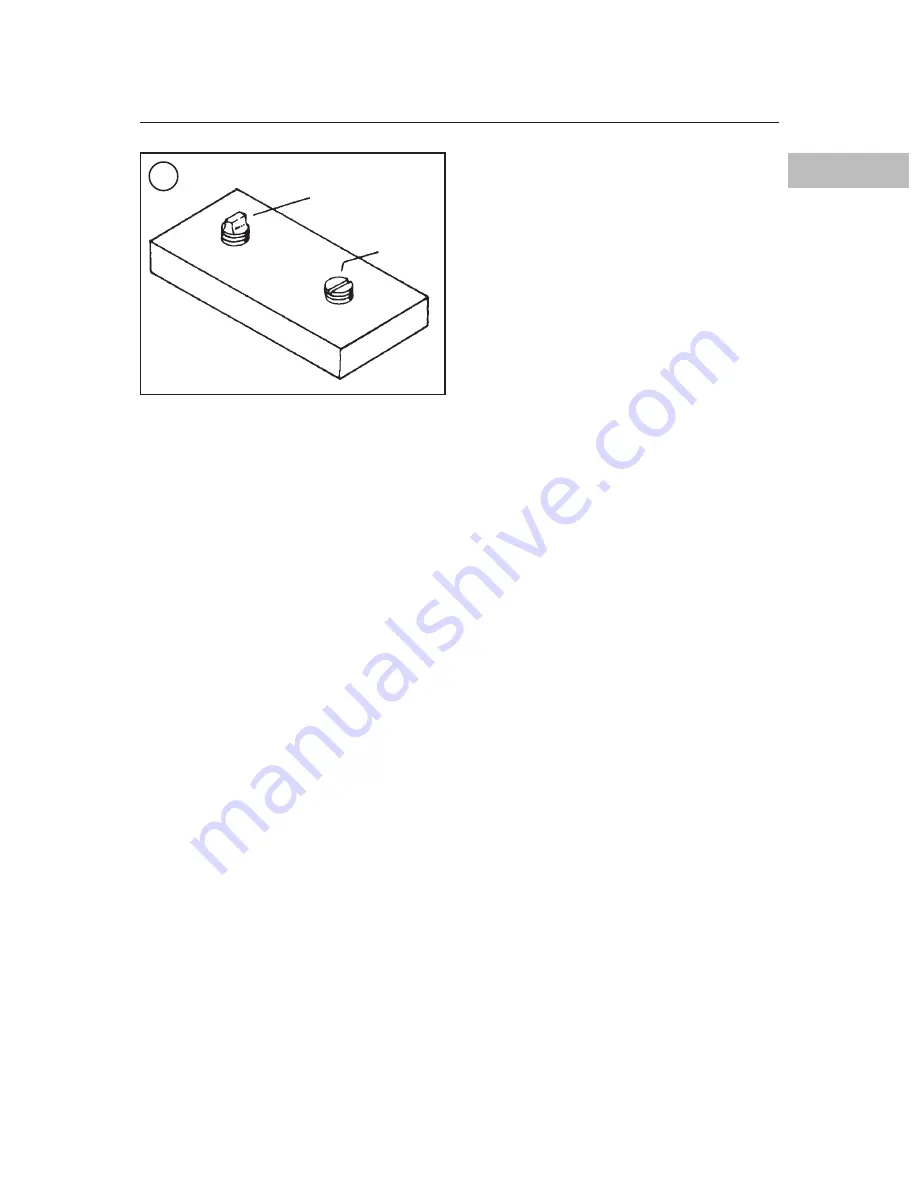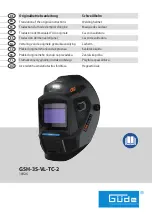
starting the procedure. Perform each procedure in
sequence.
10. Recommendations are occasionally made to re-
fer service to a dealership or specialist. In these
cases, the work can be performed more economi-
cally by the specialist than by the home mechanic.
11. The term
replace
means to discard a defective
part and install a new part in its place.
Overhaul
means to remove, disassemble, inspect, measure,
repair and/or replace parts as required to recondi-
tion an assembly.
12. Some operations require the use of a hydraulic
press. If a press is not available, have these opera-
tions performed by a shop equipped with the neces-
sary equipment. Do not use makeshift equipment
that may damage the vehicle.
13. Repairs are much faster and easier if the vehicle
is clean before starting work. Degrease the vehicle
with a commercial degreaser; follow the directions
on the container for the best results. Clean all parts
with cleaning solvent as they are removed.
CAUTION
Do not direct high pressure water at
steering bearings, carburetor hoses,
wheel bearings, suspension and elec
trical components. The water will
force the grease out of the bearings
and possibly damage the seals.
14. If special tools are required, have them avail-
able before starting a procedure. When special tools
are required, they will be described at the beginning
of the procedure.
15. Make diagrams of similar-appearing parts. For
instance, crankcase bolts are often not the same
lengths. Do not rely on memory alone. It is possible
that carefully laid out parts will become disturbed,
making it difficult to reassemble the components
correctly without a diagram.
16. Make sure all shims and washers are reinstalled
in the same location and position.
17. Whenever a rotating part contacts a stationary
part, look for a shim or washer.
18. Use new gaskets if there is any doubt about the
condition of old ones.
19. If self-locking fasteners are used, replace them
with new ones. Do not reuse a self-locking fastener.
Also, do not install standard fasteners in place of
self-locking ones.
20. Use grease to hold small parts in place if they
tend to fall out during assembly. However, do not
apply grease to electrical or brake components.
Removing Frozen Fasteners
If a fastener cannot be removed, several methods
may be used to loosen it. First, apply penetrating oil
such as Liquid Wrench or WD-40. Apply it liber-
ally, and let it penetrate for 10-15 minutes. Rap the
fastener several times with a small hammer. Do not
hit it hard enough to cause damage. Reapply the
penetrating oil if necessary.
For frozen screws, apply penetrating oil as de-
scribed. Insert a screwdriver in the slot, and rap the
top of the screwdriver with a hammer. This loosens
the rust so the screw can be removed in the normal
way. If the screw head is too damaged to use this
method, grip the head with locking pliers and twist
the screw out.
Avoid applying heat unless specifically in-
structed, as it may melt, warp or remove the temper
from parts.
Removing Broken Fasteners
If the head breaks off a screw or bolt, several
methods are available for removing the remaining
portion. If a large portion of the remainder projects
out, try gripping it with locking pliers. If the pro-
jecting portion is too small, file it to fit a wrench or
cut a slot in it to fit a screwdriver (
Figure 40
).
If the head breaks off flush, use a screw extractor.
To do this, center punch the remaining portion of
the screw or bolt. Drill a small hole in the screw and
tap the extractor into the hole. Back the screw out
with a wrench on the extractor (
Figure 41
).
GENERAL INFORMATION
21
1
40
Filed
Slotted
















































